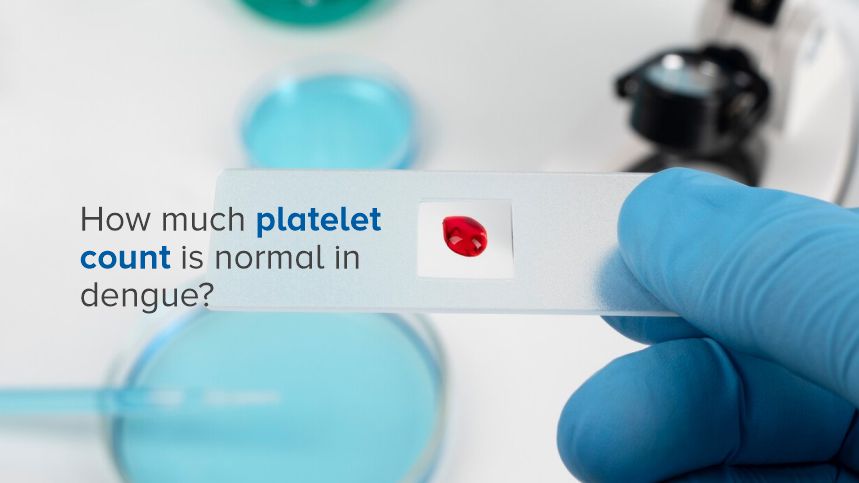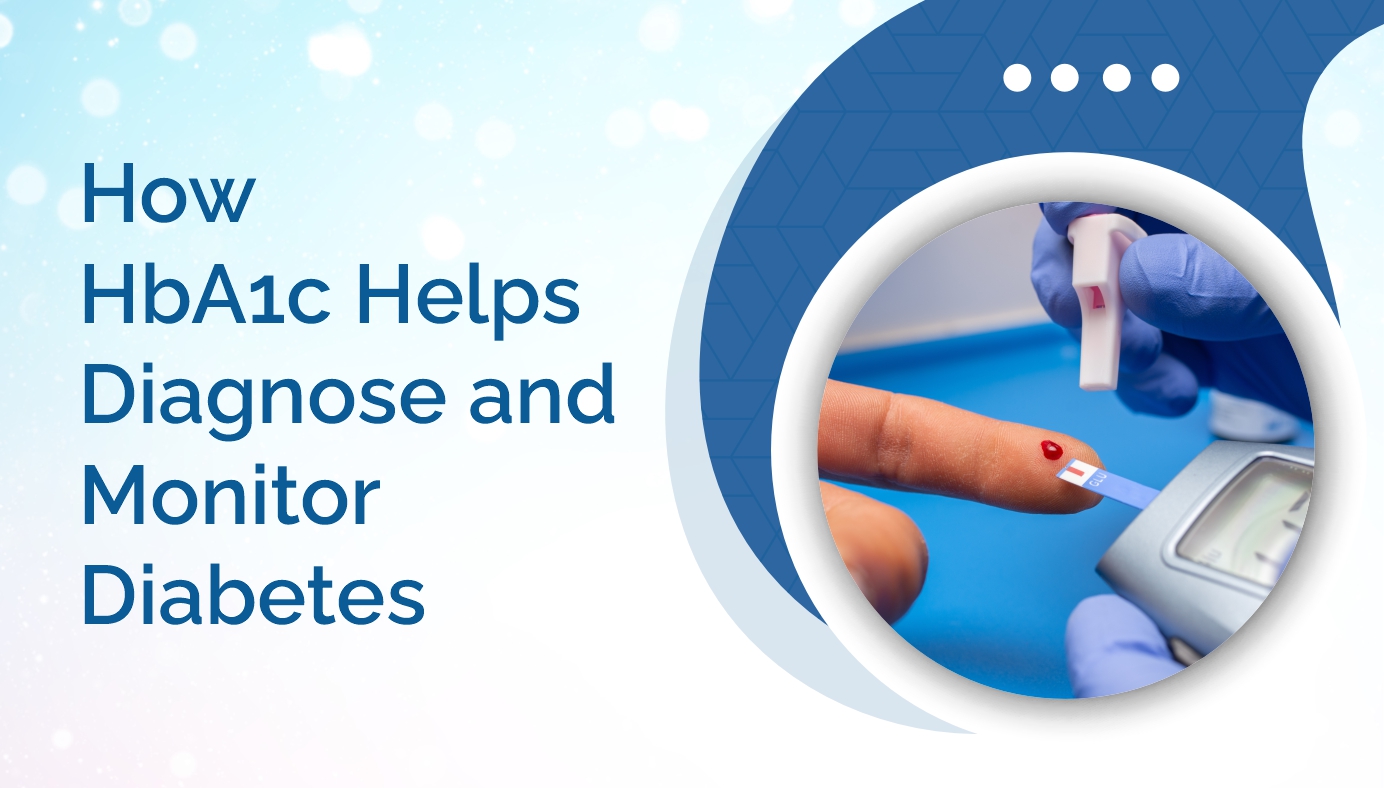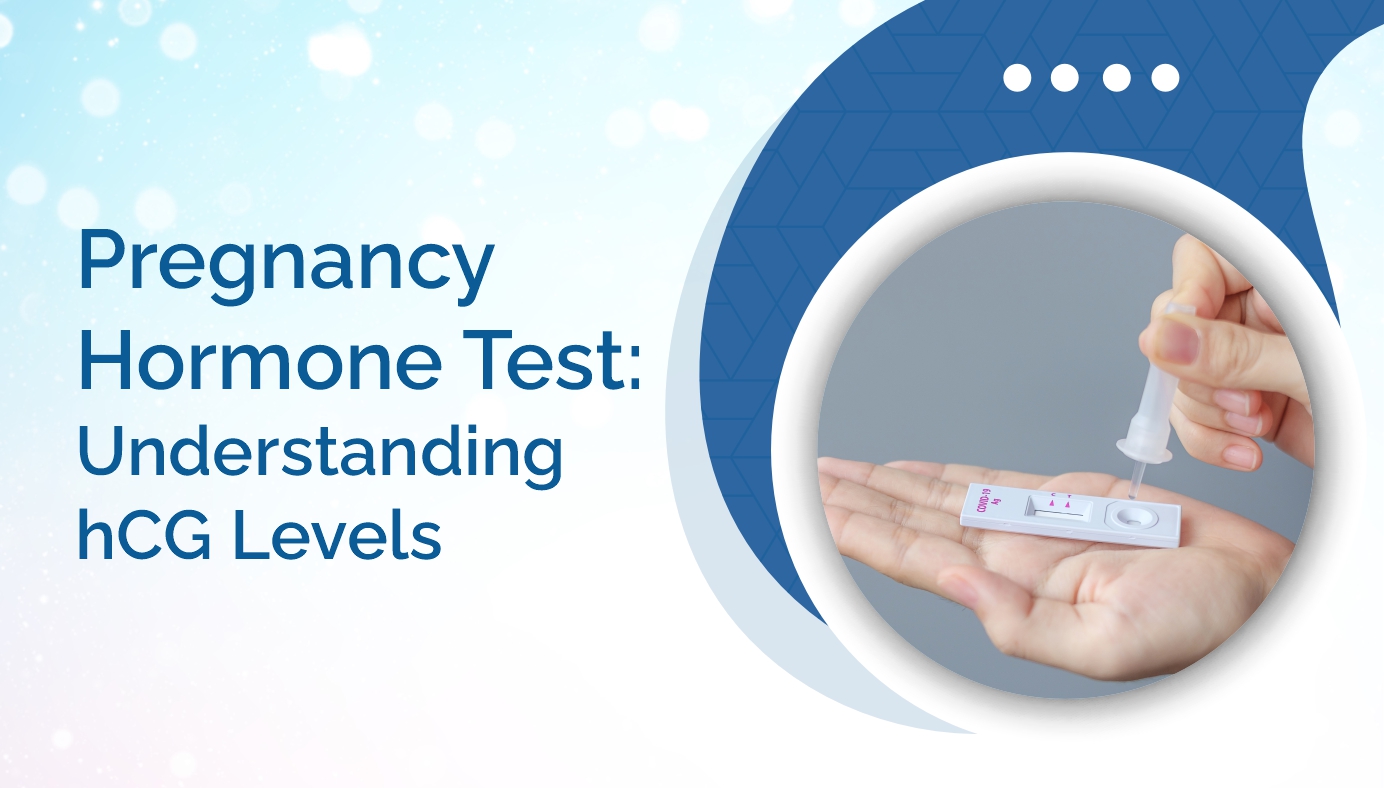


Condition
- Top tests
- Top tests
- Lifestyle Packages
- Infectious
- Preventive Health Checkup
- Diabetes
- Diabetes
- Preventive Health Checkup
- Top tests
- Top tests
- Heart Disease & Hypertension
- Lifestyle Packages
- Preventive Health Checkup
- Diabetes
- Diabetes
- Preventive Health Checkup
- Preventive Health Checkup
- Top tests
- Lifestyle Packages
- Diabetes
- Preventive Health Checkup
- Top tests
- Lifestyle Packages
- Diabetes
- Diabetes
- Diabetes
- Diabetes
- Diabetes
- Diabetes
- Preventive Health Checkup
- Preventive Health Checkup
- Diabetes
- Preventive Health Checkup
- Preventive Health Checkup
- Genomics
- Others
- Others
- Others
- Preventive Health Checkup
- Pulmonary / Infectious
- Diabetes
- Diabetes
- Others
- Preventive Health Checkup
- Others
- Preventive Health Checkup
- Top tests
- Others
- Genetics
- Others
- Gastrointestinal / Skeletomuscular
- Gastrointestinal / Skeletomuscular
- Others
- Others
- Others
- Others
- Others
- Others
- Others
- Others
- Others
- Others
- Others
- Others
- Others
- Others
- Others
- Others
- Others
- Others
- Others
- Others
- Others
- Others
- Others
- Others
- Others
- Others
- Others
- Others
- Others
- Others
- Others
- Others
- Others
- Others
- Others
- Others
- Others
- Others
- Others
- Others
- Others
- Others
- Others
- Others
- Others
- Others
- Others
- Others
- Others
- Others
- Others
- Others
- Others
- Others
- Others
- Others
- Others
- Others
- Others
- Others
- Others
- Others
- Others
- Others
- Others
- Others
- Top tests
- Top tests
- Top tests
- Top tests
- Top tests
- Top tests
- Top tests
- Top tests
- Top tests
- Preventive Health Checkup
- Top tests
- Top tests
- Top tests
- Top tests
- Blood Banking & Transfusion
- Lifestyle Packages
- Blood Banking & Transfusion
- Blood Banking & Transfusion
- Top tests
- Top tests
- Lifestyle Packages
- Diabetes
- Blood Banking & Transfusion
- Blood Banking & Transfusion
- Blood Banking & Transfusion
- Blood Banking & Transfusion
- Blood Banking & Transfusion
- Others
- Others
- Others
- Others
- Blood Banking & Transfusion
- Blood Banking & Transfusion
- Blood Banking & Transfusion
- Blood Banking & Transfusion
- Vitamin Deficiency
- Vitamin Deficiency
- Vitamin Deficiency
- Vitamin Deficiency
- Vitamin Deficiency
- Blood Banking & Transfusion
- Blood Banking & Transfusion
- Blood Banking & Transfusion
- Blood Banking & Transfusion
- Diabetes
- Diabetes
- Heart Disease & Hypertension
- Preventive Health Checkup
- Diabetes
- Preventive Health Checkup
- Preventive Health Checkup
- Diabetes
- Diabetes
- Heart Disease & Hypertension
- Top tests
- Heart Disease & Hypertension
- Diabetes
- Top tests
- Diabetes
- Heart Disease & Hypertension
- Lifestyle Packages
- Heart Disease & Hypertension
- Lifestyle Packages
- Heart Disease & Hypertension
- Heart Disease & Hypertension
- Lifestyle Packages
- Preventive Health Checkup
- Preventive Health Checkup
- Top tests
- Preventive Health Checkup
- Heart Disease & Hypertension
- Heart Disease & Hypertension
- Heart Disease & Hypertension
- Top tests
- Top tests
- Lifestyle Packages
- Heart Disease & Hypertension
- Heart Disease & Hypertension
- Top tests
- Heart Disease & Hypertension
- Preventive Health Checkup
- Diabetes
- Lifestyle Packages
- Heart Disease & Hypertension
- Top tests
- Heart Disease & Hypertension
- Heart Disease & Hypertension
- Diabetes
- Lifestyle Packages
- Preventive Health Checkup
- Diabetes
- Top tests
- Diabetes
- Allergy
- Heart Disease & Hypertension
- Diabetes
- Heart Disease & Hypertension
- Diabetes
- Lifestyle Packages
- Lifestyle Packages
- Top tests
- Preventive Health Checkup
- Lifestyle Packages
- Preventive Health Checkup
- Preventive Health Checkup
- Diabetes
- Top tests
- Heart Disease & Hypertension
- Preventive Health Checkup
- Top tests
- Heart Disease & Hypertension
- Lifestyle Packages
- Lifestyle Packages
- Diabetes
- Preventive Health Checkup
- Top tests
- Diabetes
- Top tests
- Preventive Health Checkup
- Preventive Health Checkup
- Preventive Health Checkup
- Diabetes
- Lifestyle Packages
- Lifestyle Packages
- Heart Disease & Hypertension
- Lifestyle Packages
- Heart Disease & Hypertension
- Lifestyle Packages
- Preventive Health Checkup
- Preventive Health Checkup
- Preventive Health Checkup
- Lifestyle Packages
- Top tests
- Lifestyle Packages
- Top tests
- Lifestyle Packages
- Top tests
- Diabetes
- Diabetes
- Others
- Blood Disorders
- Top tests
- Others
- Others
- Others
- Fever
- Fever
- Blood Disorders
- Blood Disorders
- Preventive Health Checkup
- Preventive Health Checkup
- Profile
- Kidney Disease
- Kidney Disease
- Diabetes
- Diabetes
- Heart Disease & Hypertension
- Preventive Health Checkup
- Lifestyle Packages
- Thyroid Disorder
- Diabetes
- Diabetes
- Diabetes
- Diabetes
- Diabetes
- Diabetes
- Diabetes
- Top tests
- Allergy
- Top tests
- Top tests
- Top tests
- Top tests
- Diabetes
- Top tests
- Diabetes
- Top tests
- Top tests
- Top tests
- Liver Disease
- Diabetes
- Top tests
- Vitamin Deficiency
- Top tests
- Top tests
- Liver Disease
- Top tests
- Top tests
- Top tests
- Anemia
- Anemia
- Anemia
- Diabetes
- Diabetes
- Anemia
- Top tests
- Top tests
- Top tests
- Preventive Health Checkup
- Thyroid Disorder
- Heart Disease & Hypertension
- Top tests
- Preventive Health Checkup
- Diabetes
- Heart Disease & Hypertension
- Top tests
- Fever
- Allergy
- Liver Disease
- Lifestyle Packages
- Heart Disease & Hypertension
- Top tests
- Arthritis
- Top tests
- Top tests
- Heart Disease & Hypertension
- Kidney Disease
- Preventive Health Checkup
- Allergy
- Top tests
- Lifestyle Packages
- Top tests
- Kidney Disease
- Top tests
- Lifestyle Packages
- Top tests
- Preventive Health Checkup
- Preventive Health Checkup
- Top tests
- Top tests
- Vitamin Deficiency
- Allergy
- Diabetes
- Top tests
- Top tests
- Top tests
- Top tests
- Heart Disease & Hypertension
- Allergy
- Top tests
- Preventive Health Checkup
- Top tests
- Top tests
- Infertility
- Top tests
- Lifestyle Packages
- Allergy
- Diabetes
- Heart Disease & Hypertension
- Lifestyle Packages
- Preventive Health Checkup
- Preventive Health Checkup
- Top tests
- Preventive Health Checkup
- Top tests
- Diabetes
- Top tests
- Infertility
- Top tests
- Thyroid Disorder
- Top tests
- Allergy
- Preventive Health Checkup
- Vitamin Deficiency
- Top tests
- Top tests
- Infertility
- Lifestyle Packages
- Diabetes
- Liver Disease
- Kidney Disease
- Vitamin Deficiency
- Top tests
- Heart Disease & Hypertension
- Heart Disease & Hypertension
- Top tests
- Heart Disease & Hypertension
- Heart Disease & Hypertension
- Heart Disease & Hypertension
- Infertility
- Heart Disease & Hypertension
- Vitamin Deficiency
- Vitamin Deficiency
- Arthritis
- Arthritis
- Top tests
- Top tests
- Lifestyle Packages
- Preventive Health Checkup
- Lifestyle Packages
- Preventive Health Checkup
- Vitamin Deficiency
- Top tests
- Lifestyle Packages
- Lifestyle Packages
- Preventive Health Checkup
- Top tests
- Preventive Health Checkup
- Top tests
- Heart Disease & Hypertension
- Infertility
- Top tests
- Top tests
- Preventive Health Checkup
- Lifestyle Packages
- Top tests
- PCOD
- Preventive Health Checkup
- Lifestyle Packages
- Preventive Health Checkup
- Top tests
- Fever
- PCOD
- Kidney Disease
- Top tests
- Top tests
- Preventive Health Checkup
- Preventive Health Checkup
- Liver Disease
- Thyroid Disorder
- Top tests
- Heart Disease & Hypertension
- PCOD
- Top tests
- Arthritis
- Preventive Health Checkup
- Kidney Disease
- Lifestyle Packages
- Top tests
- Allergy
- Top tests
- Top tests
- Diabetes
- Thyroid Disorder
- Preventive Health Checkup
- Top tests
- Lifestyle Packages
- Preventive Health Checkup
- Top tests
- Kidney Disease
- Liver Disease
- Infertility
- Top tests
- Anemia
- Top tests
- Top tests
- Top tests
- Preventive Health Checkup
- Bone Health
- Cancer
- Fatty Liver

Tests
Dengue fever is an infectious disease transmitted by mosquitoes, posing a significant public health challenge in tropical and subtropical regions. One of the key aspects of monitoring dengue is understanding platelet count-a crucial factor in the disease's progression and management. We demystify the relationship between dengue fever and platelet count, offering valuable insights for the general public. We will explore normal platelet levels, the impact of dengue on platelet count, and practical advice for those affected.
What Are Platelets?
Platelets, also known as thrombocytes, are small blood cells that play a vital role in forming blood clots to stop bleeding. They are produced in the bone marrow and circulate in the bloodstream, ready to spring into action whenever there is an injury.
Without platelets, even minor cuts could lead to significant blood loss. Normal platelet levels ensure that your body can effectively manage and repair injuries, maintaining overall health.
In a healthy individual, the normal platelet count ranges from 150,000 to 450,000 platelets per microliter of blood.
Why Is Platelet Count Important in Dengue Fever?
When infected with the dengue virus, a person's immune system responds in various ways. One of the critical responses involves a drop in platelet count. Monitoring this count is crucial for evaluating the severity of the infection.
Patients with dengue fever often experience a sudden decrease in platelets, which can lead to complications such as bleeding and hemorrhages. Therefore, understanding platelet dynamics can help manage the disease more effectively.
A significant drop in platelet count can indicate a progression toward severe dengue, also known as dengue hemorrhagic fever (DHF) or dengue shock syndrome (DSS).
Normal Platelet Range in Dengue Fever
The normal platelet range for a healthy adult is 150,000 to 450,000 platelets per microliter of blood. During a dengue infection, platelet counts can fluctuate wildly.
Typically, in mild cases of dengue, platelet counts might drop but still remain within a manageable range. However, when the count falls below 100,000 platelets per microliter, it signals a need for close monitoring and potential medical intervention.
In severe cases, platelet counts can plummet to below 20,000, posing serious health risks and necessitating immediate medical attention.
Symptoms of Low Platelets in Dengue Fever
Recognizing the symptoms of low platelet counts can be lifesaving. Common signs include:
- Unexplained bruising
- Petechiae (small red spots on the skin)
- Bleeding gums or nosebleeds
Additionally, more severe symptoms may include:
- Blood in vomit or stool
- Heavy menstrual bleeding
- Persistent fatigue
If you notice these symptoms during a dengue infection, it is crucial to seek medical help promptly.
How To Monitor Platelet Count
Monitoring platelet count involves routine blood tests. These tests should be conducted regularly during the course of a dengue infection to track changes in platelet levels.
Healthcare providers typically recommend daily blood tests or even more frequent monitoring in severe cases. This helps in making timely decisions regarding patient care, such as hospitalization or platelet transfusions.
Patients can also maintain a symptom diary to aid healthcare professionals in assessing the progression of the disease.
Treatment Options for Low Platelets in Dengue
Treatment for low platelets due to dengue primarily focuses on supportive care. This includes:
- Hydration therapy to maintain fluid balance
- Fever management using paracetamol (avoiding NSAIDs like ibuprofen)
In severe cases, platelet transfusions may be necessary. This involves administering donor platelets to replenish the patient's count, reducing the risk of bleeding complications.
Close monitoring in a hospital setting ensures prompt intervention if the patient's condition deteriorates.
Preventative Measures Against Dengue Fever
Preventing dengue fever is essential to avoid complications such as low platelet counts. Key preventive measures include:
- Using mosquito repellents
- Wearing long-sleeved clothing
- Eliminating stagnant water where mosquitoes breed
Community efforts, such as fumigation and public awareness campaigns, can also play a vital role in reducing the incidence of dengue.
Vaccination is another emerging preventive strategy, although its availability and suitability vary by region and individual health status.
Boosting Platelets Naturally
While medical intervention is crucial, certain dietary and lifestyle changes may support platelet production:
- Consuming foods rich in vitamins B12, C, and folate
- Staying hydrated
- Avoiding alcohol and smoking
Foods like leafy greens, citrus fruits, and lean proteins can contribute to maintaining healthy platelet levels.
However, these measures should complement, not replace, medical treatment during a dengue infection. Always consult with a doctor for personalized advice.
Common Misconceptions About Platelets and Dengue
Several misconceptions surround the relationship between platelets and dengue. For instance, some believe that a single drop in platelet count directly correlates with disease severity.
In reality, while low platelets are a concern, it is the overall clinical picture that determines the severity. Other factors, such as white blood cell count and liver function, also play significant roles.
Conclusion
Understanding the normal platelet count in dengue and the importance of monitoring it can significantly impact the management and outcome of the disease. Awareness, prevention, and timely medical intervention are key to navigating the challenges posed by dengue fever.
WANT TO BOOK HEALTH CHECKUP ?
Categories
Top tests
107
Lifestyle Packages
39
Infectious
1
Preventive Health Checkup
59
Diabetes
54
Heart Disease & Hypertension
38
Genomics
1
Others
81
Pulmonary / Infectious
1
Genetics
1
Gastrointestinal / Skeletomuscular
2
Blood Banking & Transfusion
16
Vitamin Deficiency
12
Allergy
9
Blood Disorders
3
Fever
4
Profile
1
Kidney Disease
8
Thyroid Disorder
5
Liver Disease
6
Anemia
5
Arthritis
4
Infertility
6
PCOD
3
Bone Health
1
Cancer
1
Fatty Liver
1
Recent Blogs
Coagulation Profile (PT, aPTT): Understanding Blood Clotting Tests
Hemostasis, widely known as blood clotting, is a sophisticated physiological process that...
30-12-2025
How HbA1c Helps Diagnose and Monitor Diabetes
Managing diabetes effectively requires consistent monitoring of blood sugar levels. While...
30-12-2025
Pregnancy Hormone Test: Understanding hCG Levels
Seeing those two pink lines or a flashing "Pregnant" on a digital display is a life-changing...
29-12-2025





.jpg)

